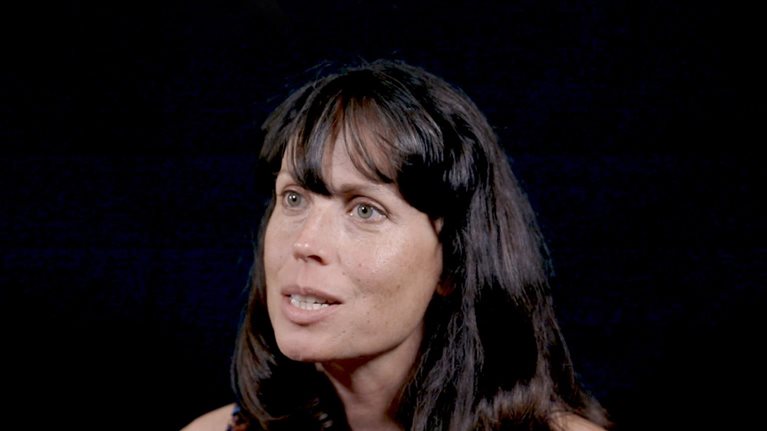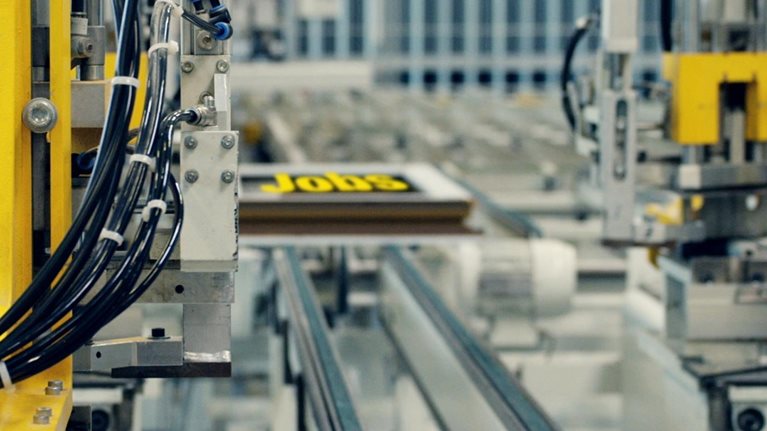As globalization and automation dramatically change the way we work, what policies could best alleviate the transition? McKinsey spoke with Jason Furman, professor of the practice of economic policy at the John F. Kennedy School of Government at Harvard University and former chairman of President Obama’s Council of Economic Advisers, about how policies that invest in workers—including training programs and strengthened labor markets—can better equip people to overcome the anticipated changes.
Interview transcript
McKinsey: How should globalization be managed?
Jason Furman: Globalization is a fact. A lot of globalization is because of technological improvements that enable it, and some is because of policy choices. On balance, globalization is good for the working class, but it comes with big downsides, and we need to do a better job dealing with those downsides.
Our globalization problem is not because other countries are unfair to us. If your goal is to make other countries fairer to us, that’s going to do very little to solve the problem. The bulk of what we need to do to manage globalization better isn’t in the international arena at all; it’s in our domestic policies and what we do to help educate and train our workers to succeed. It’s in what we do to help our workers be more mobile from place to place in the economy and to let our businesses have the infrastructure to take advantage of those global opportunities.
McKinsey: What can be done to alleviate the downsides of globalization?
Jason Furman: The most important thing we can do is to equip people to succeed in a world with globalization, a world with artificial intelligence [AI] changing technology. If you look just at training, right now the United States spends 0.2 percent of its GDP on labor-market programs. That’s the lowest of any of the advanced economies in the OECD.1 That’s something that we just need to invest in more.
We also need to be smart about those investments. Training programs have a mixed record. “Mixed” means some of them have been bad, and some of them have been good. We need to understand better what makes them good. Community colleges are an example where the evidence is overwhelmingly strong for it but where we’ve made very little federal investment in the past.
Would you like to learn more about the McKinsey Global Institute?
A lot of the response depends on the person’s age. If the person is 30 or 35, there is training that can help. But what we can also do is invest in their children and their children’s jobs and their economic future. There’s a huge amount we can do.
By the time you’re 55 or 60, we need to have a more honest conversation. If you used to have a job making $70,000, the best you can do now is $40,000. We’re not going to spend $15,000 training you and get nothing out of it. We’ll just give you $15,000 in cash—you’ll get it every year for the next couple of years. Sometimes this sort of policy is called wage insurance. It eases some of the transition and helps keep people in the workforce.
McKinsey: Why invest in training if the unemployment rate is low?
Jason Furman: The unemployment rate being below 4 percent shows that we’re in a great place in the business cycle. We have strong demand. The fact, though, that 12 percent of men between the age of 25 and 54 aren’t working and aren’t trying to find a job—that’s a big problem. That’s a problem that has been decades in the making. It wasn’t caused by the recession, although it was exacerbated by the recession. And it’s not a problem that we could solve with monetary or fiscal policy; it’s something we need to make other, bigger economic changes to deal with.
I would increase demand for those workers by, for example, investing in infrastructure. I would make it easier to find a job, by doing things like reforming the unemployment-insurance program to make it much more of a job-placement, even apprenticeship, program that puts people into jobs. Education and training aren’t going to work for everyone, but they are going to help a lot. Those are three steps that we could take. When it comes to women, all those steps would help but would also be enhanced by the United States moving in line with the rest of the world in terms of subsidies for childcare, paid leave, and more flexible workplaces to enable more women to work.

Globalization in transition: The future of trade and value chains
The United States is good at flexibility in labor markets, but we’re bad at security in labor markets. The places that have been most successful, like the Nordic countries, have combined the two of those. If people had more security, they’d feel free to take on more risk. They’d be less worried about the downside of globalization, and we could make our labor markets function better.
McKinsey: What policies should be explored—or avoided?
Jason Furman: I tend to be a little bit “small-c” conservative, in that I think if you’re making too big a change, it makes me nervous. Universal basic income would require nearly doubling income taxes in this country. And I think it’s based on the premise that there won’t be jobs for people. I think our premise should be that there will be jobs for people.
The one big idea that I do have some sympathy for—and think it might be worth thinking more about—would be a larger-scale system of wage subsidies. That means if you don’t make as much at your [new] job, the government would pay extra, and that would show up in your paycheck as a way to both reward work and encourage it.
McKinsey: How will automation and AI affect the labor market?
Jason Furman: There’s a whole group of people who think that something different is happening, and that we’re in some brand-new space of innovation, and that there will be robots that take everyone’s jobs. I just don’t see that in history. As new technologies come, they destroy jobs and they create jobs. And I don’t see that [job destruction] in the data, because, in fact, productivity growth is lower now than it used to be—which is to say, there are fewer machines taking humans’ jobs rather than more. So I don’t think we’re in some brand-new era of change.
What I do think we are is in an era of change, just like we were in ten years ago, just like we were in 20 years ago, just like we were in 30 years ago. And ten, 20, and 30 years ago, I don’t think we did everything we could to handle that change as well as possible.


